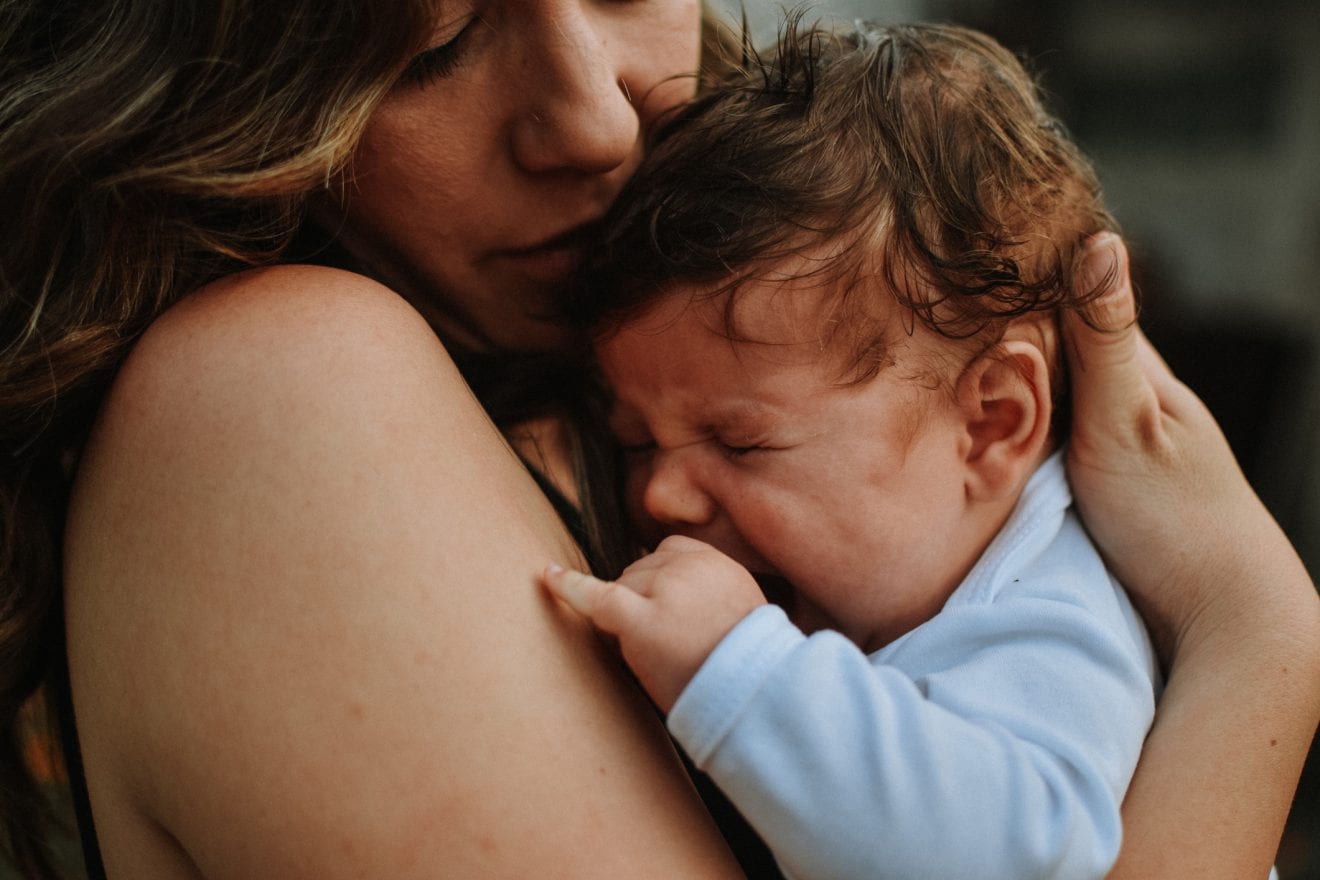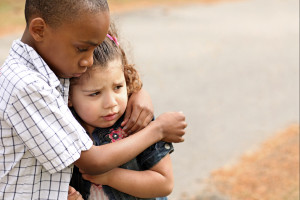Why are the parents of some infants relaxed and at ease while other parents are exhausted, guilty, and frustrated with raising their new infant? Is it because of their parenting skills, or is it due to something else? Why do some parents have not-so-easy babies?
Why do some infants:
- Move constantly while others are content to lie quietly?
- Sleep and eat in regular patterns while others never settle into any routine of hunger or rest?
- Seem to like bright lights and others like light muted?
- Wake up cheerful and happy while others are fidgety and fussy?
- Like to be wrapped tightly, and others want to be free of all tight clothes?
- Cry all day and others only in 10 to 15-minute episodes?
- Like to be carried around and others do not?
Not all babies are the same.
Everyone believes that statement but is surprised when their baby is not what they ordered: an easy baby. When a Not-So-Easy (NSE) baby arrives and cries more, refuses to sleep, and despite taking all advice, seems impossible to soothe, you blame yourself. You may have difficulty breastfeeding. You must be a failure. What are you doing wrong? What if your baby does not bond? Worry and guilt follow.
Babies who cry, do not sleep, or seem un-schedulable are not your fault.
All the uncertainty of parenting seems so stressful. It is not your fault. You are doing nothing incorrect. You have a Not-So-Easy baby. Commonly what follows the trips to the doctor with these symptoms are diagnoses of colic, possibly milk allergies, and sometimes reflux. Feeding routines are changed, occasionally meds are added, and other advice is offered. Around three months, you have figured out some things that work. Maybe naps on a running washing machine or driving around in the car, but things do calm down, or you are just too tired to notice. The certain fact is your parenting life is harder than others you know.
You have a Not-So-Easy baby and need more tools and skills than parents with easy babies. Easy baby parents may take credit for being great parents, but it is more nature than nurture that decides your parenting experiences during these early months. These behaviors are some examples of temperament trait differences.
What causes the NSEB?
Temperament is a natural part of a child’s personality and disposition. It is the genetic imprint one inherits. In the late 1950s, two child psychiatrists, Drs. Stella Chess and Alexander Thomas mapped nine of these traits in infants and followed these children for 30 years. This research proved that temperament traits change little over time.1 However, the good news is temperament can be altered by trait-specific training from the parents.
These behavioral style temperament traits can be tested by three months of age. Some children’s natural temperament combinations are easy, some a challenge at times, and some are plain difficult most of the time. Knowing this critical information can prepare you, your child, and the caregivers and teachers for the likely patterns of behavior that will follow. Testing is available here.
We can predict your child’s success or challenges.
The specific difficulties your children may encounter can be managed by strengthening these at-risk combinations of temperament traits. A parenting plan, a roadmap specifically designed for your child’s unique characteristics, can lessen your frustrations, minimize the daily strains on the family, and prepare the child for a more successful and happy life. This knowledge can prevent situations in the learning environment that can cause behavior problems.
Each of the nine specific temperament traits can be rated from easy to challenging.
The first trait is the activity level. If your child is ‘on the go’ all the time, that is more challenging than if your child is content to sit and play quietly. Other traits children exhibit include:
- Their initial response to something new: new places, people, foods, and experiences.
- How they deal with transition, change, and altered situations and surprises.
- The level of sensitivity to cause a reaction to noise, bright lights, temperature change, colors, smells, pain, tastes, and the texture and feel of clothes.
- Their regular or irregular patterns of sleep, appetite, and bowel habits.
- The length of time they can stay focused.
- The level of distractibility.
- Their intensity of action and response.
- Their basic mood, positive or negative.
The blend of these nine traits comprises your child’s unique temperament and behavioral style. Some combinations are easier than others to live with, manage, and even love.
These innate temperament traits determine how well your children fit into the world of your expectations and the demands of other caregivers and teachers. If there is a good fit for an infant’s temperament and parent’s expectations, then there is harmony. But if there is not a poor fit, it will result in behavioral problems. For example, expecting a highly active child to remain still for long periods of time is a temperament-limiting task.
Temperament knowledge is essential to understand why parenting may differ from one child to another.
Parenting all children the same way is like the “one size fits all” concept. Unfortunately, one size fits no one well! Having a plan to help your children obtain the best fit can enhance their chances of success and happiness and your mental health.
Remember, your parenting skills and your infant’s disposition are not related. Please, mom, do not ever blame yourself because your infant is a Not-So-Easy baby. You will learn many cues about your baby and how to manage him or her. Be patient with yourself and refer all relatives with any criticism to this article. You are doing a great job with a more demanding task than sixty percent of other mothers. Your child will have many qualities that are their special traits. Rejoice in your child’s uniqueness.













